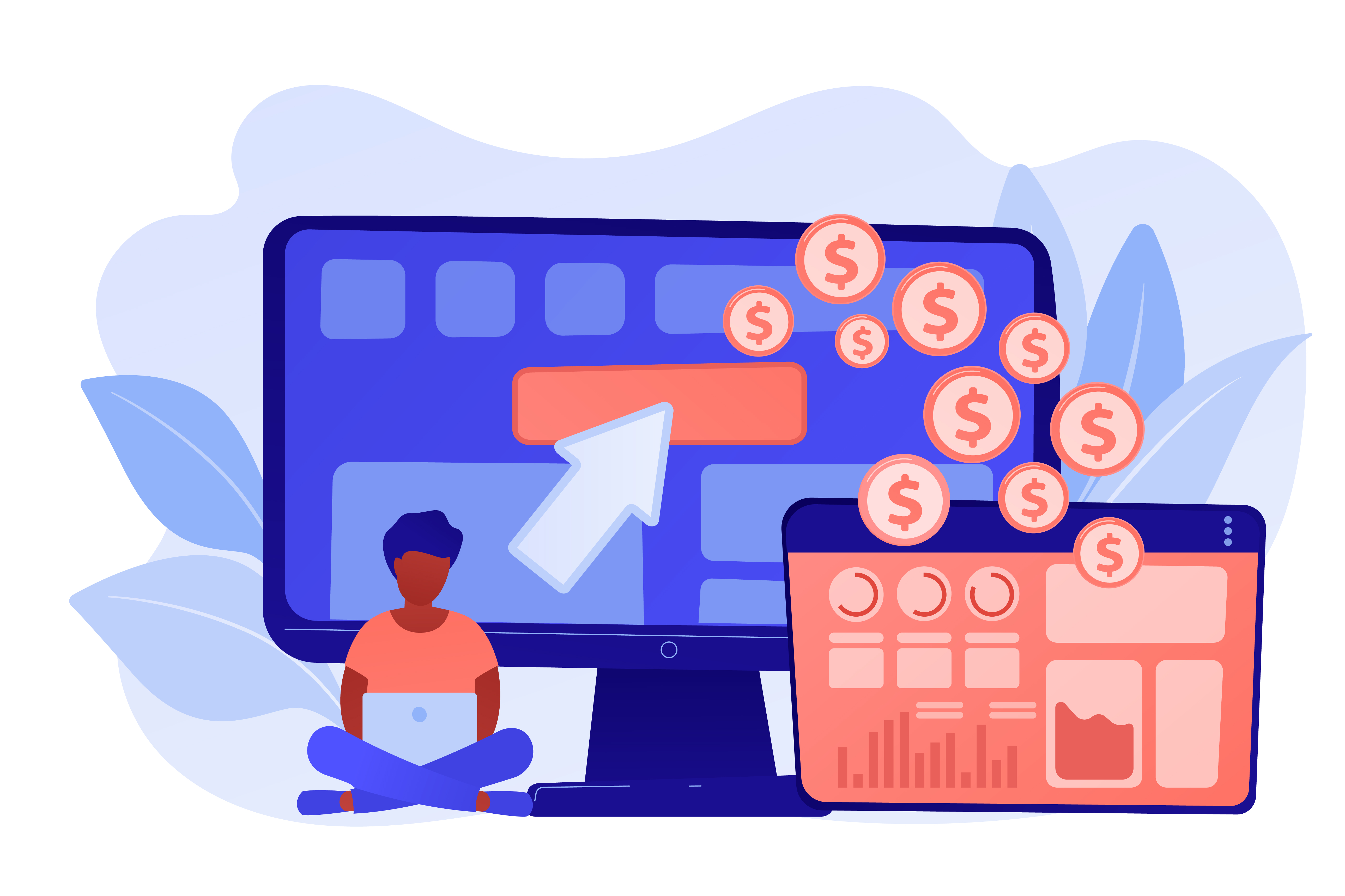In the last three decades, the evolution of the advertising industry has accelerated almost unimaginably. The gradual movement from print to radio, and then to television, has been replaced by the leaps and bounds of the digital age. If we are going to continue to meet the industry’s needs, it’s vital that we adapt quickly to keep up.
No matter how much support executives offer, though, a big part of learning is self-directed. How, then, do we stay at the frontier? Here are 10 tips:
1. Be curious
Research shows that not only are we better at learning things we are interested in, but we’re also actually more receptive to new information, regardless of subject, when we’re working on something that inspires our curiosity. Endeavor to find those specific parts of projects that pique your interest and compel you to dig deeper.
With practice, we can cultivate curiosity as a habit — asking follow-up questions and trying to think about problems from multiple angles, even when these do not seem absolutely necessary for the task at hand.
2. Emulate
“Good artists copy; great artists steal” — or so the popular saying goes. When we see something that works, whether it’s a stunning ad campaign or an innovative workflow, replication alone will yield few results. Each project is unique, and the particular tool or technique that made one great may not be the right approach for another.
When we come across a successful presentation or campaign, it behooves us to ask what problem was solved or what challenge was overcome. By bringing this curiosity to bear on effective solutions, we can better understand which pieces are relevant to our own work.
3. Learn from mistakes
Scientists recently found that the neurons responsible for observational learning are the same ones that fire when we experience schadenfreude: pleasure at the failure of others. Our brains are wired to learn from the decisions of others, and the kick we get when they stumble may be an evolutionary incentive to take note of where they fell short.
Understanding why a seemingly airtight presentation missed its mark can help us avoid making similar mistakes in the future and can point us to areas with high growth potential.
4. Stay informed
Keeping up on developments in the industry is critical to our own growth, whether it’s watercooler talk, a company resource or an independent article.
It is always tempting to think, “I’ve learned enough for today,” particularly in a work environment that revolves around research, corporate training and innovation. Chances are, though, that the question that’s been buzzing around in your head for weeks is the subject of a new think piece. Or maybe it’s the strange new phenomenon you noticed being addressed in an industry column.
5. Be attentive
While the toolkits and strategies our competitors use to forge ahead are often secret, their impact on the product is visible to anyone who takes the time to look. Whenever we head to the office or surf the web during lunch hour, we are exposed to the successes (and failures) of these attempts at innovation.
While it’s easy to scroll past the ads in our pursuit of the more immediate goal, taking a moment to ask why a certain banner caught our eye or a YouTube advertisement fell flat is an important part of developing our own work.
6. Experiment
We’ve all heard, “If it ain’t broke, don’t fix it.” Innovation, though, is all about pushing the limits of “what ain’t broke.”
It’s important to continuously experiment with new workflows and techniques. There is no need to throw out the rulebook, but adding your own flourish to a tried-and-true tool, or including a new approach in an otherwise conventional project, can be a great learning opportunity.
Most of these additions should have a high probability of success — this is a good place to “steal” a successful technique — but there is always some room for intuition.
7. Plan learning time
By blocking out time in our busy schedules and setting concrete (short- and long-term) benchmarks, we can make learning a more engaged and rewarding experience. Spending a half-hour at your favorite coffee shop reading the trade press, meeting up with co-workers for drinks, or (god forbid) a group activity can be a good way to make learning time fun and collaborative.
We can make the most of habitual curiosity by dedicating time to learning and by giving ourselves goals and incentives to make the best use of this time.
8. Be proactive
Your boss wants you to learn, probably even more than you do. Unfortunately, managers and executives are often distanced from their team’s immediate reality.
That frustrating stage of your workflow, or the procedure that has everyone in the office scratching their heads, is obvious to you, but it may not catch your manager’s eye, especially if you’ve found an effective short-term solution. If there is a question you have, asking for a training module, or even just a clarifying comment, could benefit not just you, but the whole team.
9. Find a mentor
Mentors can help situate developments in a broader view of the industry, not only helping us triangulate where we are but also building a more nuanced picture of what is to come. Moreover, while observation alone can reveal how things work, it can take the wisdom of experience to understand why.
Scheduling a lunch with someone you admire or asking for constructive feedback on your work can give you insight into choices and strategies that served those who came before you, just as it can help you identify pitfalls to avoid.
10. Know yourself
We can only become truly effective learners by focusing the same critical eye on our own work that we do on the work of others. This can happen before we begin a new project, by laying out where we went astray in the past, or after completion, when we sit down to consider where we excelled and where we fell short.
Using these insights to set goals for ourselves and to inform an evolving strategy of success is the only way to effectively apply the learning techniques we integrate into our lives.
The industry’s constant flux may seem daunting, but making learning a habit is an easy step toward maintaining an impactful connection with consumers. Remember, while the half-life of a skill may be five years, the ability to learn and adapt will last you a lifetime.
___
by Peter Minnium
Source: marketingland.com


